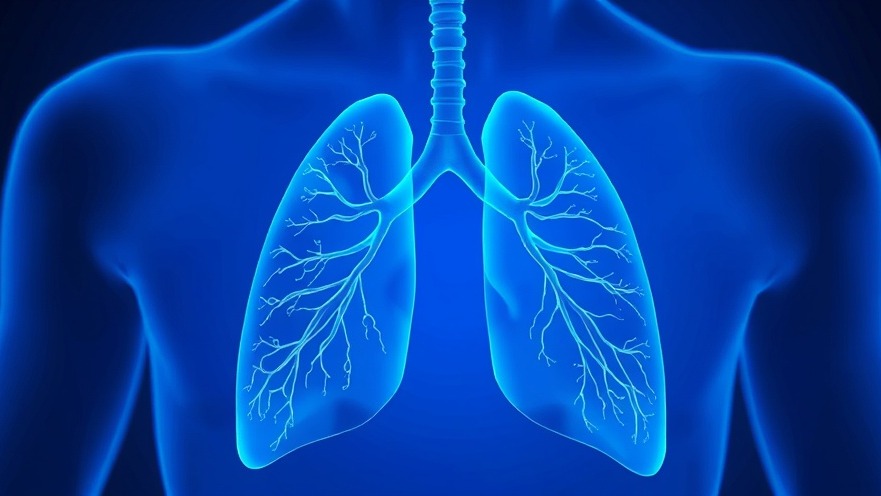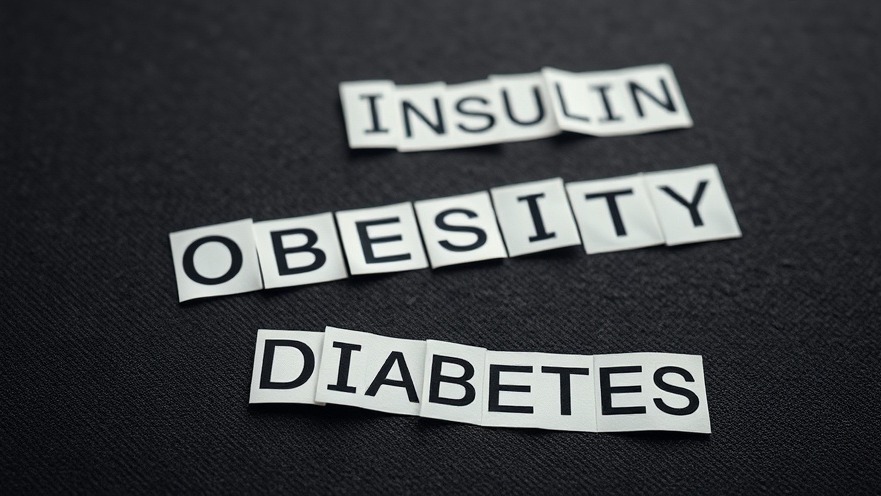
First European Guidelines for Managing CTD-ILD Unveiled
The recent guidelines from the European Alliance of Associations for Rheumatology (EULAR) and the European Respiratory Society (ERS) mark a significant step forward in managing interstitial lung disease (ILD) among patients with connective tissue diseases (CTDs). Announced during the EULAR 2025 Annual Meeting in Barcelona, Spain, these comprehensive recommendations are the first to be collaboratively developed by rheumatologists and pulmonologists, emphasizing the importance of interdisciplinary approaches in tackling complex medical conditions.
Emphasizing the Importance of Screening
At the core of these new guidelines lies a strong recommendation for systematic screening for ILD with high-resolution computed tomography (HRCT). This screening is deemed essential for all patients suffering from systemic sclerosis (SSc) and mixed connective tissue disease (MCTD), irrespective of their individual risk factors. This recommendation expands the focus beyond SSc and MCTD, now also advocating for screening among patients with rheumatoid arthritis (RA) and Sjögren's disease (SjD) based on the assessment of disease-specific risk factors. As Dr. Bernhard Hellmich of the University of Tübingen notes, identifying patients earlier could potentially enhance their treatment outcomes significantly.
What This Means for Patients
For patients diagnosed with RA or SjD and having identifiable risk factors, this new directive signals a critical change in their healthcare regime. The goal is clear: to ensure timely identification and management of ILD, ultimately leading to better prognoses and quality of life. The expanded guidelines reflect a growing recognition of the complexity of CTDs and underline the necessity of close monitoring and follow-up after an initial diagnosis. Regular assessments, including lung function tests and HRCT scans, are encouraged following diagnosis to track the disease's progression effectively.
A New Era of Collaboration in the Medical Field
Traditionally, guidelines for managing ILD focused on pharmacological therapies and varied between specializations. This new interdisciplinary approach highlights the benefit of uniting the expertise of different medical professionals to create tailored care strategies. Dr. Anna-Maria Hoffmann-Vold of Oslo University Hospital expressed the need for comprehensive understanding and different perspectives, noting that with rising incidence rates of ILD among patients with CTDs, collaborative efforts can fill the current gaps in care.
Future Predictions and Trends in Healthcare
As the understanding of connective tissue diseases and their complications evolves, the future of healthcare will likely continue to emphasize preventative measures and interdisciplinary strategies. The integration of medical technology, such as HRCT and lung function examinations, offers substantial promise in early detection. With further research and data collection, we may soon see advancements in screening technologies and treatment modalities tailored to specific patient needs. Health professionals are urged to stay updated with these evolving guidelines to facilitate informed discussions with patients about their care options moving forward.
Common Misconceptions in ILD Management
Patients might often believe that screening is unnecessary if they are asymptomatic. However, this guideline challenges that mindset, reinforcing that proactive screening is crucial for early intervention, especially for high-risk individuals. Many also underestimate the complexities involved in managing ILD associated with CTDs; it is not merely a singular condition but often a reflection of larger systemic issues requiring extensive monitoring and management strategies.
Actionable Insights for Better Health Outcomes
For patients and healthcare providers alike, being aware of these groundbreaking guidelines can lead to improved health outcomes. Educating patients on the importance of regular screening and monitoring, regardless of symptomatic presentation, can empower them in their healthcare journeys. Patients should be encouraged to ask questions and voice concerns during their medical appointments, fostering a more proactive approach to their well-being.
As medical professionals implement these guidelines into practice, it represents an important leap in patient-centric care. If you or someone you know has been diagnosed with any of the mentioned connective tissue diseases, consider discussing these new guidelines with your healthcare provider to understand your individual risk and need for screening. Embracing informed decisions is vital for enhancing health and wellness.
In summary, these new EULAR and ERS guidelines signify a transformative moment in managing ILD among patients with CTDs. They foster collaboration across specialties and pave the way for proactive care that could ultimately save lives and enhance patient experiences.
 Add Row
Add Row  Add
Add 




Write A Comment